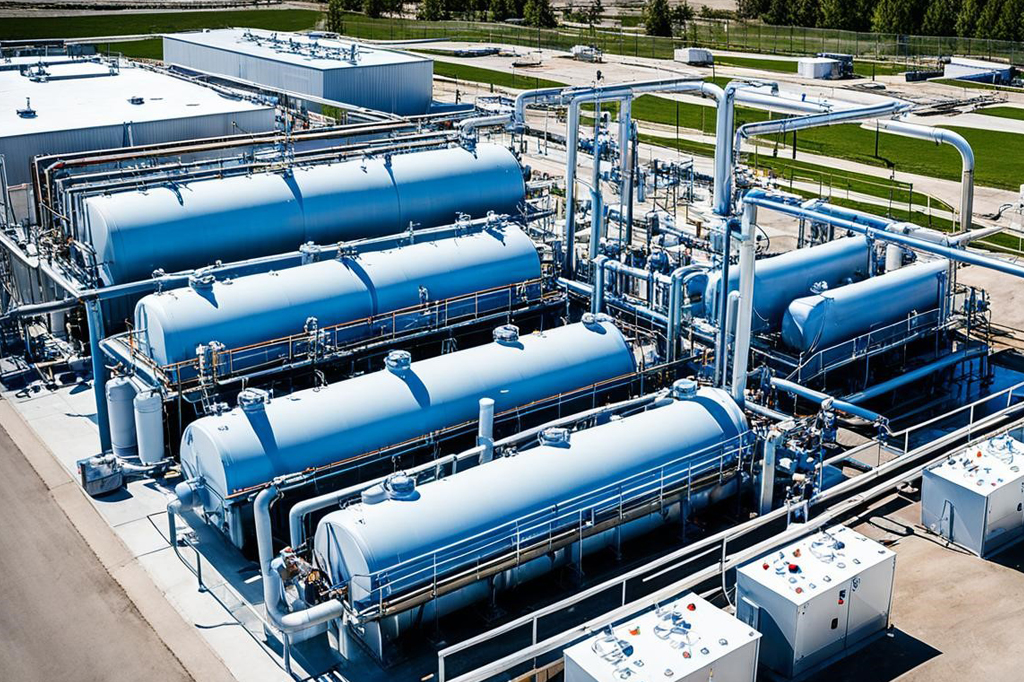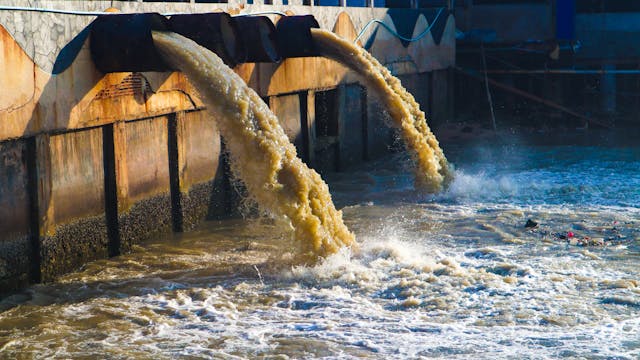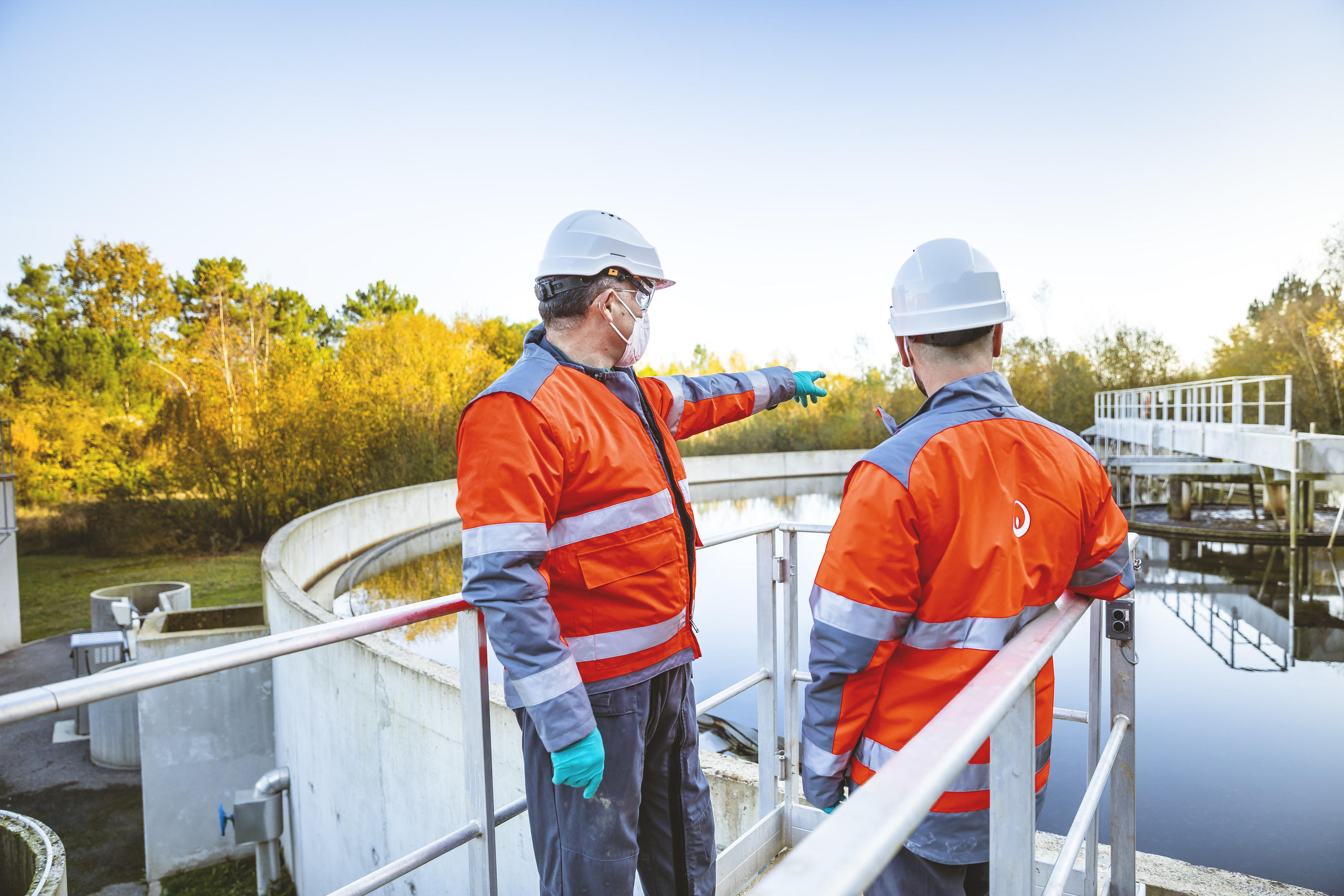Developments and Advances in Hazardous Waste Water Treatment Technologies
The landscape of commercial wastewater therapy is undertaking a transformative change, driven by technologies that boost both performance and sustainability. As governing criteria progress, the assimilation of AI and maker discovering right into wastewater administration systems guarantees to simplify procedures and make certain compliance.
Overview of Drainage Treatment Technologies
Wastewater treatment technologies include a series of methods designed to get rid of pollutants from industrial effluents before their launch into the environment. These technologies are critical for keeping environmental balance and making certain conformity with environmental laws. The key classifications of wastewater treatment consist of physical, chemical, and biological approaches, each serving distinct objectives based on the nature of the impurities existing.

Organic therapy approaches employ microorganisms to deteriorate raw material, making them specifically reliable for organic-rich effluents. Techniques like activated sludge and biofilm reactors harness the natural deterioration capabilities of microorganisms, bring about substantial decreases in biochemical oxygen need (FIGURE)
Advanced Purification Techniques
Advanced filtration techniques stand for a vital development in the realm of industrial wastewater treatment, enhancing the efficiency of contaminant removal procedures. Industrial Waste Water Treatment. These approaches incorporate a variety of modern technologies, including microfiltration, ultrafiltration, nanofiltration, and turn around osmosis, which give consecutive obstacles for different bit sizes and chemical frameworks
Microfiltration and ultrafiltration use membrane layer systems to eliminate suspended solids, bacteria, and larger natural particles, enhancing the high quality of effluent before further therapy. Nanofiltration connects the space between ultrafiltration and turn around osmosis, properly eliminating divalent ions and organic compounds, thus reducing the lots on downstream procedures.
Reverse osmosis provides the highest degree of purification by allowing just water and little molecules to go through its semi-permeable membrane layers, making it perfect for reclaiming high-quality water from commercial effluents. Recent developments in membrane layer innovation, including the growth of even more fouling-resistant and sturdy products, have dramatically enhanced functional effectiveness and reduced expenses.
Incorporating these innovative filtration strategies not only boosts the overall treatment process but likewise adds to sustainability initiatives by enabling water reuse and source recuperation in industrial setups. (Industrial Waste Water Treatment)
Biological Treatment Innovations

Furthermore, the development of crafted organic systems, such as membrane bioreactors (MBRs), incorporates biological therapy with sophisticated membrane layer filtering. This integration enables higher effluent top quality and minimized impact, making it appropriate for space-constrained industrial facilities. Innovations in genetically crafted microorganisms have additionally emerged, boosting the biodegradation of particular impurities, such as pharmaceuticals and hefty metals, that are generally challenging to eliminate.
Additionally, the application of bioaugmentation approaches, where helpful microbes are introduced to boost the existing biological therapy procedures, has revealed appealing cause improving therapy efficiency. These innovations jointly indicate a trend in the direction of even more reliable and lasting biological treatment methods that can adjust to the evolving complexities of commercial wastewater streams. As sectors continue to prioritize environmental conformity, these organic innovations will play an important duty in wastewater management.

Source Recovery Approaches
In industrial setups, the combination of resource recuperation techniques has actually ended up being increasingly crucial for enhancing sustainability and decreasing waste. These techniques concentrate on drawing out beneficial materials and power from wastewater streams, thus changing potential toxins into recyclable sources.
One popular strategy is nutrition recuperation, where nitrogen and phosphorus, typically existing in excess in wastewater, are caught and transformed into plant foods. This not just decreases ecological influences but likewise gives a round economy service for farming applications. In addition, innovations such as anaerobic digestion visit this site right here enable the conversion of natural waste into biogas, a sustainable power resource that can offset nonrenewable fuel source usage in commercial procedures.
Furthermore, advanced filtering and membrane layer modern technologies facilitate the healing of commercial byproducts such as steels and salts. These recovered materials can be reintegrated into production procedures, minimizing the demand for virgin sources.
Future Fads in Waste Water Management
As industries increasingly prioritize sustainability, the future of wastewater administration is readied to go through considerable improvements. Technical innovations, such as fabricated check these guys out knowledge and artificial intelligence, will certainly make it possible for extra effective monitoring and management of wastewater systems. These technologies can anticipate maintenance demands, maximize treatment procedures, and enhance decision-making, eventually lowering operational prices and environmental effect.
In addition, the combination of circular economic situation principles will certainly play a critical duty in wastewater administration. Industries are expected to change towards systems that not only deal with wastewater yet additionally recover important sources, such as nutrients, water, and energy. This transition will decrease waste and promote the reuse of products, lining up with global sustainability objectives.
Emerging treatment methods, such as membrane bioreactors and progressed oxidation procedures, will certainly even more boost the efficiency of wastewater therapy, enabling better effluents suitable for reuse. Furthermore, regulatory structures are likely to develop, stressing stricter requirements for wastewater discharge and motivating industries to embrace cutting-edge therapy solutions.
Verdict
To conclude, the advancement about his of industrial wastewater therapy technologies shows a substantial change towards boosted performance and sustainability. Innovations in sophisticated filtration strategies, organic treatments, and source healing techniques highlight the market's dedication to environmental stewardship. The combination of expert system and artificial intelligence further enhances these procedures, guaranteeing regulatory conformity and advertising a circular economic climate. Continued improvements in these areas will play an important role in forming the future of wastewater monitoring and shielding essential water resources.
The landscape of industrial wastewater treatment is undergoing a transformative change, driven by innovations that enhance both efficiency and sustainability.Wastewater therapy innovations include a range of approaches developed to get rid of pollutants from industrial effluents prior to their launch into the environment.Utilizing the power of organic processes has actually led to significant technologies in the treatment of commercial wastewater.Furthermore, the application of bioaugmentation techniques, where valuable germs are presented to enhance the existing organic treatment processes, has actually revealed promising outcomes in enhancing therapy efficiency. These developments jointly indicate a trend in the direction of even more reliable and sustainable biological therapy approaches that can adjust to the advancing complexities of industrial wastewater streams.